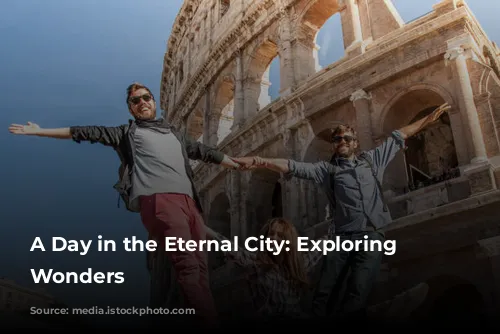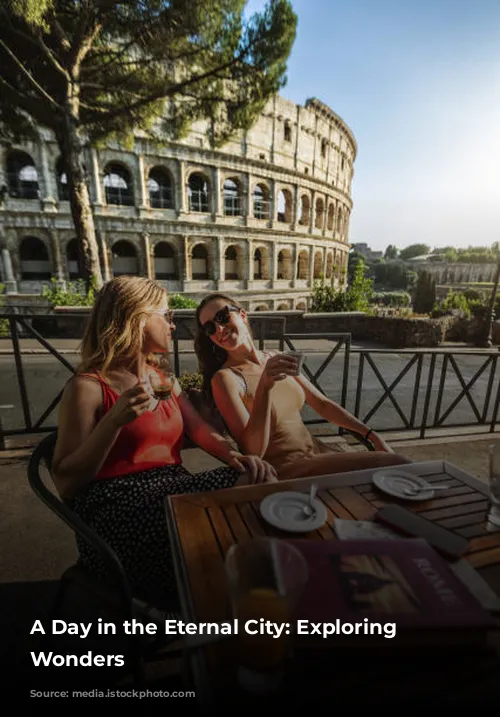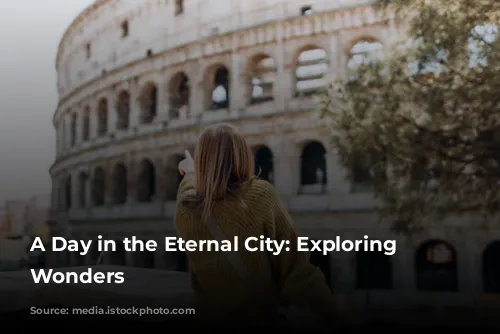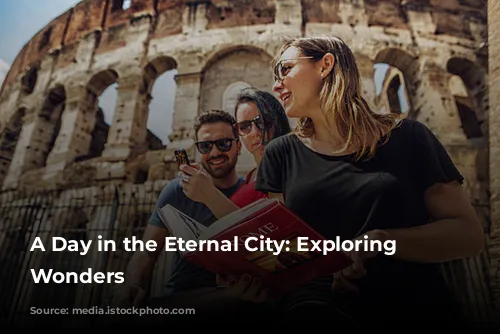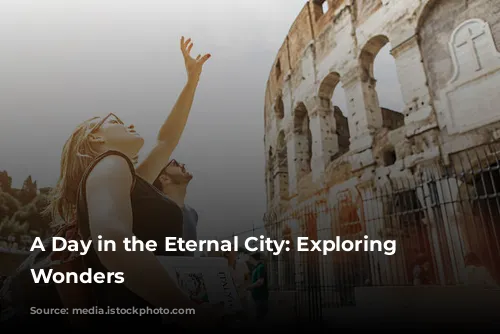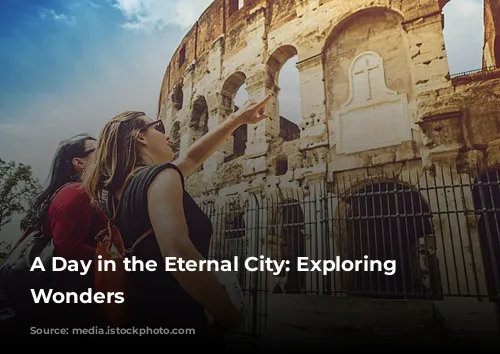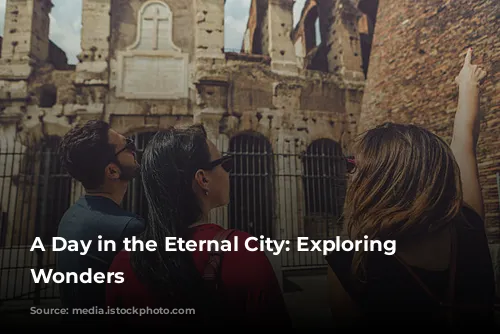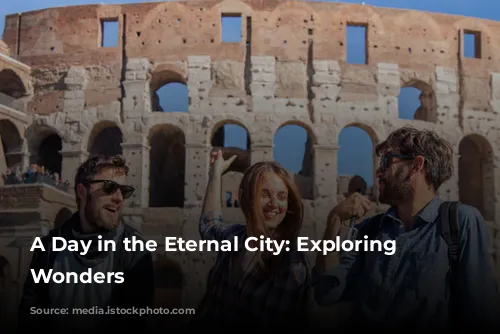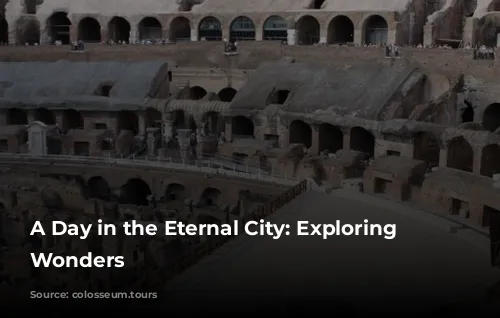Rome, the Eternal City, is a vibrant blend of ancient history and modern life, a place where echoes of the past resonate with the energy of the present. From the grandeur of the Colosseum to the charm of its hidden alleyways, Rome offers an unforgettable experience for every traveler.
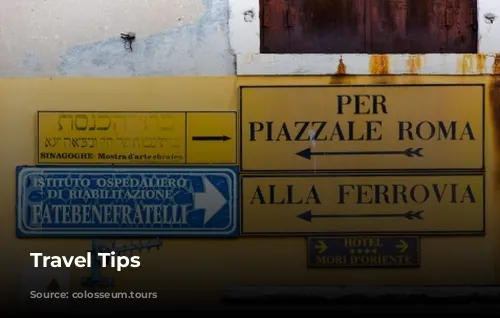
Your Guide to the Colosseum: Timing, What to Bring & What to Expect
Plan your visit to this iconic amphitheater carefully, as it’s a popular attraction year-round. Opening hours fluctuate depending on the season, so check the official website before you go. During the winter (January 2nd to February 15th), the Colosseum is open from 8:30 AM to 3:30 PM. The hours extend slightly in the spring (February 16th to March 15th), closing at 4:00 PM. From March 16th to the last Saturday of March, the Colosseum is open from 8:30 AM to 4:30 PM, giving you more time to explore its grandeur. As summer arrives, the Colosseum extends its hours again, staying open until 6:15 PM from the last Sunday of March to August 31st. The hours shift slightly from September 1st to 30th, closing at 6:00 PM. Lastly, during the fall (October 1st to the last Saturday of October) the Colosseum is open from 8:30 AM to 5:30 PM and from the last Sunday of October to December 31st, it returns to its winter hours of 8:30 AM to 3:30 PM.
To avoid long lines and ensure your entry, book your tickets in advance. This will give you the freedom to choose your preferred date and time slot, making for a seamless visit. Advance booking often includes skip-the-line access, letting you bypass the crowds and fully immerse yourself in the Colosseum’s awe-inspiring atmosphere.
Before you enter the Colosseum, remember to pack light! Large bags, backpacks, wheeled bags, glass containers, weapons, and aerosol sprays are not permitted inside.
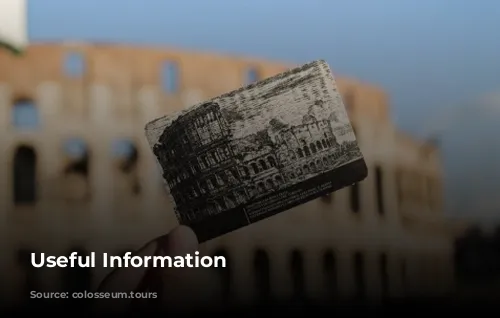
Unveiling Ancient Rome: Colosseum, Palatine Hill, and the Roman Forum
The Colosseum, a symbol of Rome’s might, was built around 70-80 AD by Emperor Vespasian of the Flavian dynasty. This impressive amphitheater was once the scene of gladiatorial combats, animal hunts, and even mock naval battles, drawing crowds of up to 80,000 spectators.
The Colosseum’s design is a testament to ancient Roman engineering prowess. This oval-shaped structure stands tall at 48 meters, with four levels, each decorated with arches and columns. The lower tier boasts Doric columns, the middle tier Ionic, and the upper tier Corinthian. With ramps, stairs, and tunnels, the Colosseum facilitated the efficient movement of people and animals, showcasing the Romans’ architectural mastery.
At night, the Colosseum is illuminated, creating a mesmerizing spectacle. The majestic structure, bathed in light against the dark sky, evokes a sense of wonder and connects us to Rome’s glorious past.
Palatine Hill, the oldest part of Rome, offers a glimpse into the lives of its emperors. Explore the ruins of grand homes where emperors once resided, and enjoy breathtaking views of the surrounding city.
Journey through the Roman Forum, a once bustling hub of political activity and public life. Wander along ancient roads, admire the remnants of temples, offices, and the senate building. This ancient heart of Rome whispers stories of emperors, senators, and the vibrant life that once pulsed through its streets.
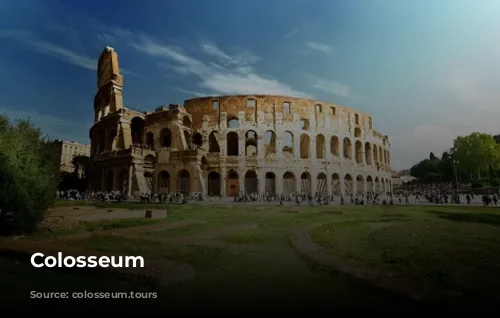
Immerse Yourself in Roman History: Guided Tours & Hidden Gems
A guided tour is an excellent way to delve deeper into the rich history of the Colosseum, Palatine Hill, and the Roman Forum. A knowledgeable local guide can bring these ancient sites to life, sharing fascinating stories and insights that enhance your understanding of Roman life.
Join a small group tour, where you’ll get a personalized experience tailored to your interests. Your guide will lead you through the Colosseum’s majestic structure, explaining its architectural features and sharing stories of its thrilling past, including the impact of earthquakes.
Ascend Palatine Hill, where you’ll be rewarded with stunning views and the opportunity to explore ancient ruins like the House of Augustus.
Delve into the Roman Forum, once a bustling center of power, where you’ll marvel at architectural wonders like the Temple of Romulus. Your guide will weave captivating tales, providing fascinating insights into the history of Rome and its most famous landmarks.
Skip the lines and enjoy a private entrance to the Colosseum with your guide. After meeting at Trajan’s Column, you’ll take a short walk through the Imperial Forum before entering the famous Roman Forum. Your private guide will then point out the most famous monuments, along with hidden gems that are often overlooked in larger tours.
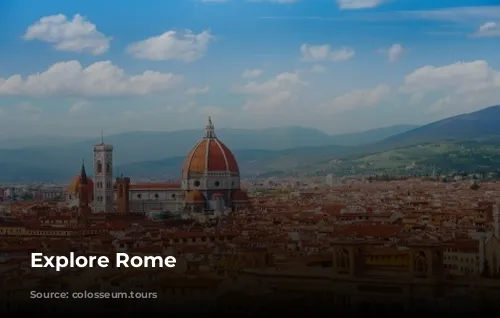
Beyond the Colosseum: Exploring Rome’s Cultural Heart
The Vatican, a center of global reverence, is a must-visit in Rome. It houses the Pope and the Roman Catholic Church, and is a treasure trove of art, history, and spirituality.
The Vatican Museums showcase a vast collection of artistic masterpieces, including works by Michelangelo and Raphael. The Sistine Chapel is a breathtaking masterpiece, home to Michelangelo’s iconic ceiling frescoes.
St. Peter’s Basilica is a magnificent testament to architectural grandeur and religious significance. Its awe-inspiring dome, intricate details, and religious significance leave visitors in awe.
Trastevere and Monti are two charming neighborhoods that offer an authentic glimpse into Rome’s vibrant life. Trastevere, with its narrow cobblestone streets and colorful buildings, exudes a bohemian charm. This area is renowned for its lively piazzas, bustling trattorias, and energetic nightlife.
Monti, with its eclectic mix of ancient ruins, trendy boutiques, and artisan shops, offers a unique and captivating atmosphere. Explore its labyrinthine alleys, discovering hidden gems, quaint cafes, and artisan workshops. Both neighborhoods are home to picturesque squares where locals gather, creating a lively atmosphere perfect for leisurely strolls.
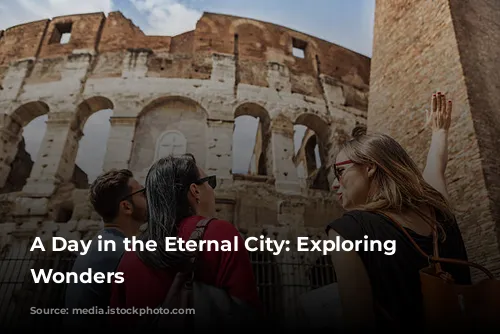
A Tip for Budget-Minded Travelers: Free Museum Entry
Every first Sunday of the month, entry to state-owned museums, galleries, parks, and some archaeological sites is free. However, remember that this is the busiest day of the month, so arrive early to make the most of this opportunity.
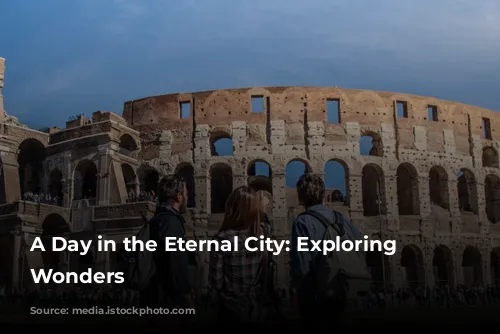
The Colosseum: A Symbol of Rome’s Timeless Legacy
The Colosseum is more than just a historical landmark; it’s a symbol of Rome’s enduring spirit and its enduring legacy. It stands as a testament to the power and grandeur of the ancient Roman Empire, and continues to captivate visitors from around the world. It is, without a doubt, the most visited monument in Rome, and perhaps in all of Italy, a true icon of the Eternal City. Its legacy lives on, not just in stone, but in the heart of every visitor who experiences its awe-inspiring presence.
